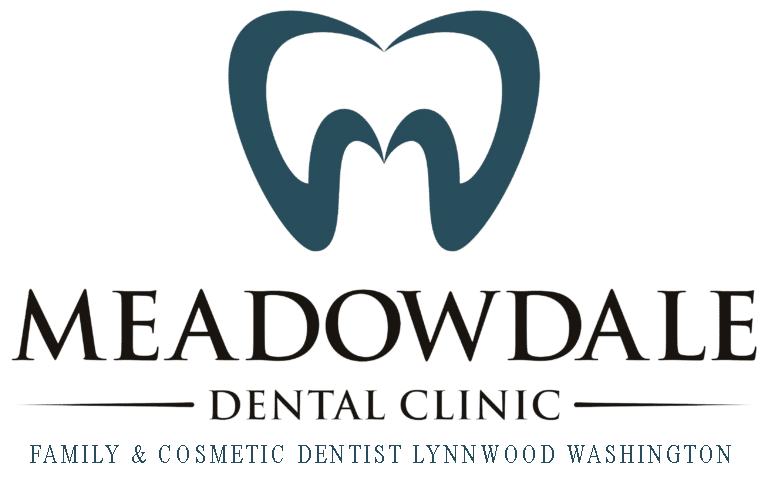How Much Does Fluoride Treatment Cost?
Foods and beverages that we consume every day can cause wear to our tooth enamel, leading to tooth sensitivity and decay. Fluoride is a natural mineral and can help protect and strengthen tooth enamel. It can stop and even reverse the decay process by replacing the minerals on the surface of our teeth that help prevent decay. Dentists often recommend that their patients receive a fluoride treatment at each bi-annual dental cleaning, more often for those with history and high risk of tooth decay.
Cost of Fluoride Treatments
When you receive a fluoride treatment at your dental office, the fee may run in the range of $20 to $50. Fluoride treatments are considered a preventative treatment so dental insurance may cover the cost.
At home fluoride treatments can be purchased and will run from $5 to $20, depending on the product. Many oral care companies manufacture a toothpaste with fluoride and that will typically cost $3 to $7 per tube of toothpaste. Mouthwashes containing fluoride are a good step to add to your home care routine.
Additional Costs
You can purchase at home fluoride kits that use mouth trays for application. Expect to pay between $7 and $40 for this treatment option. You can also try to drink the tap water provided by your community. Public drinking water has added fluoride and is an easy way to get the fluoride you need for minimal cost.
Discounts
- Manufacturers for oral care products often post coupons in papers and online and are easy to clip or print.
- Fluoride programs may be offered for free to students in your community if your drinking water has low fluoridation. With parental consent, students can rinse with a fluoride solution at school one a week.
- Insurance can help buffer the cost of preventative care which includes fluoride treatments. Prevention is always less costly than restorative so visiting your dentist regularly and receiving fluoride treatments when necessary will always cost less than developing a cavity and needing a filling! Consider a $20 fluoride treatment versus a $400 filling.
If your dentist decides that you would benefit from regular fluoride treatments, they will discuss the different options with you. Home treatments can be very convenient and inexpensive. To maintain healthy teeth and gums, it is important to visit your dentist regularly for professional cleanings, at least twice per year. If you are more susceptible to decay, your dentist may recommend a more frequent recall schedule. Dental insurance will usually only cover two cleanings per year but if you are at risk for periodontal disease, paying out of pocket for one or two additional visits per year could be much cheaper than losing teeth and needing reconstructive work. Fluoride treatments can help increase the strength and integrity of your tooth structure. Speak with your dentist to decide if this treatment is right for you.
More on Fluoride Treatment : What are the side effects to Fluoride Treatment?
